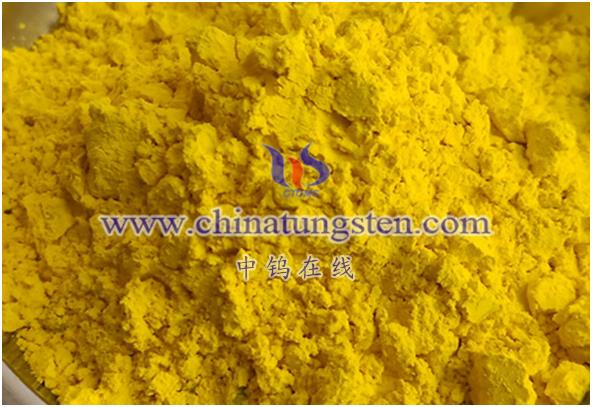Tungsten trioxide (WO3) exhibits a certain photoresponse ability in the visible light region, which makes it have potential applications in the fields of visible light catalysis and optoelectronic devices. Although the band gap of tungsten trioxide is in the ultraviolet range, it can still absorb part of visible light and participate in photochemical reactions. The following are the main mechanisms and characteristics of the visible light response of tungsten trioxide:
Visible Light Response Bandgap Modulation Of Tungsten Trioxide
By doping or compounding other materials, the band gap of tungsten trioxide can be modulated to move to the visible light region. For example, the visible light absorption capacity of tungsten trioxide can be increased by doping other metal ions or oxides. In this way, even though its own band gap is large, it can still partially absorb visible light.
Responsive Indirect Conversion Of Tungsten Trioxide Visible Light
Although tungsten trioxide is an indirect bandgap material, its band structure and crystal defects make indirect conversion play an important role in the visible light response. Through indirect conversion, photoexcited carriers can be transferred to the conduction band or valence band by interacting with crystal defects, thereby participating in photochemical reactions.
Visible Light Response Of Tungsten Trioxide To Surface Defects
Surface defects of tungsten trioxide can also affect its visible light response. Surface defects can introduce energy levels that facilitate the absorption and excitation of visible light. These surface defects may include oxygen vacancies, tungsten vacancies, or other defect structures.
Tungsten Trioxide Visible Light Responsive Composite Material
Combining tungsten trioxide with other materials, such as semiconductor quantum dots or organic dyes, can further extend its visible light response range. Such composite materials can utilize the carrier transport properties of tungsten trioxide and the light absorption ability of another material to achieve more efficient visible light photocatalysis or photoelectric conversion. Although tungsten trioxide exhibits some photoresponsiveness in the visible range, its absorption efficiency is generally low. Therefore, in practical applications, it is still necessary to improve its visible light response and photocatalytic efficiency through material design, structural regulation, and optimization of photocatalytic systems.

More details of tungsten oxide product, please visit website: tungsten-oxide.com
Please contact CHINATUNGSTEN for inquiry and order of tungsten oxide:
Email: sales@chinatungsten.com
Tel.: 86 592 5129595






